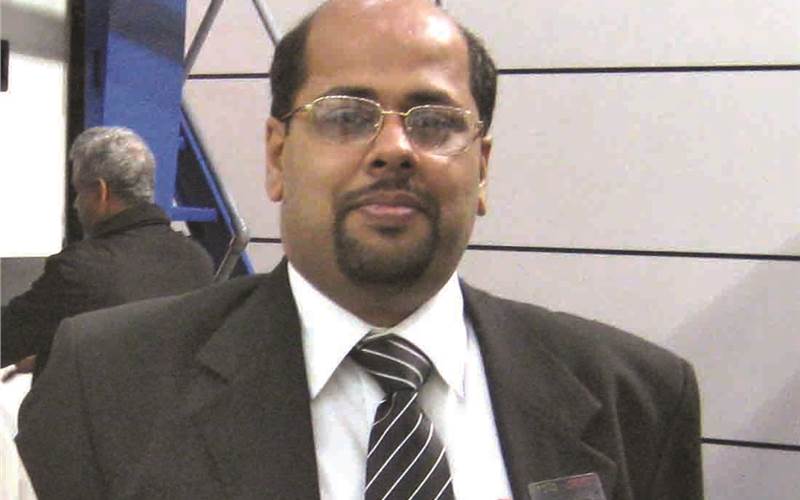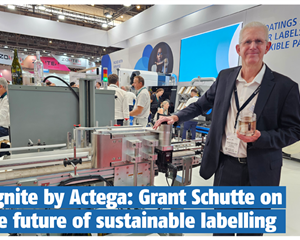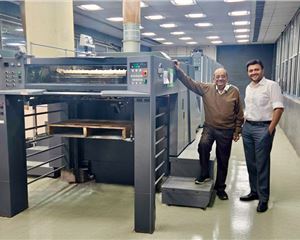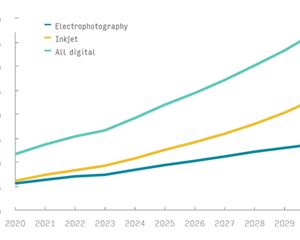Men behind the web offset machines: George Kuriakose, AGM-sales, The Printers House
The top Indian manufacturer discuss everything from the height at which a newspaper should be read; and whether the ideal cut-off should be 546mm or 533mm.
08 Sep 2013 | By Rahul Kumar
On choosing the right machine: The most important factor for selection of the press is the speed at which print output is required. Automation features are required to cut-down on print waste and save expensive newsprint. To make the printing presses compatible with the print requirement, TPH has been offering all the technologies available like automatic cut-off control, remote inking etc.
On controlling costs: Our profitability has been affected due to increased raw material and manpower costs but given the highly competitive nature of our industry, we don’t pass on the increased input cost to our customers. We are maximising our manpower utilisation and making process improvements to manage costs to sustainable levels. We make cost effective products so that our margins are not hit.
On future of newspapers: In a country like ours, there will be enough readers for newspapers for at least the next decade or so. There are many geographical territories in the country where new presses are being setup every day (for new editions). Rising levels of literacy and regionalisation of content are also driving further growth of newspapers.
On myth of cheap labour: Cheap labour is a misnomer in our industry. We employ qualified technical and managerial professionals who have to be paid commensurately.
On new media: The new media is certainly a threat for newspaper industry and newspaper companies have to come out with innovations to ward off this threat. However, in context of India, new media is more of an urban phenomenon and we expect newspapers will continue to grow in mofussil or rural areas.
On FDI in media: We foresee that this may help the industry to grow. Bigger partnerships may allow more market coverage by traditional players. Access to this source of capital will enable the Indian newspaper publication houses to invest in state-of-the-art equipment leading to better operational efficiencies.
On hyper-local editions: Local papers can be successful if they cover local news along with national content. We see this as a very welcome step which will fuel growth for the newspaper and create additional demand for web presses












 See All
See All